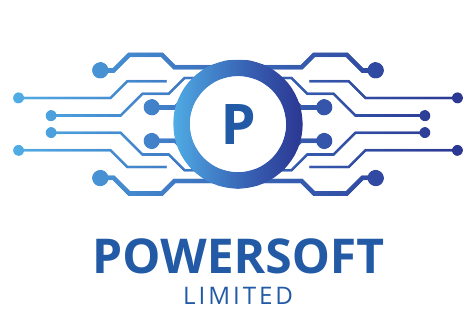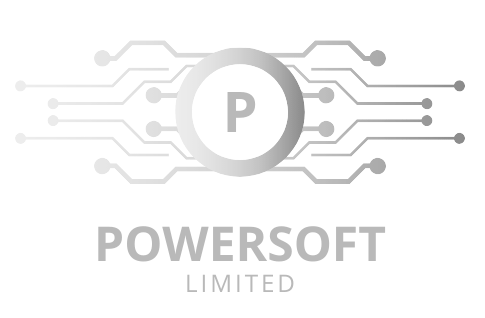How to Run a Successful Business Meeting
### How to Run a Successful Business Meeting
Running a successful business meeting requires careful planning, effective facilitation, and clear follow-up. Here are steps and tips to ensure your business meetings are productive and achieve their intended outcomes.
#### 1. **Define the Purpose and Objectives**
– **Clear Goals**: Determine the primary purpose of the meeting. Are you making decisions, brainstorming ideas, providing updates, or solving a problem?
– **Specific Objectives**: Set specific, measurable objectives. For example, “decide on the marketing strategy for Q4” or “brainstorm new product features.”
#### 2. **Prepare an Agenda**
– **Detailed Agenda**: Create a detailed agenda outlining the topics to be discussed, the sequence, and the time allocated for each item.
– **Distribute in Advance**: Send the agenda to participants at least a day before the meeting, allowing them to prepare and contribute effectively.
– **Set Time Limits**: Assign time limits to each agenda item to keep the meeting on track and avoid unnecessary prolongation.
#### 3. **Invite the Right Participants**
– **Relevant Attendees**: Invite only those who are necessary for the meeting’s objectives. Too many participants can lead to inefficiency, while too few can result in missing critical input.
– **Roles and Responsibilities**: Clearly define the roles of each participant, such as the facilitator, note-taker, and timekeeper.
#### 4. **Choose the Right Venue and Tools**
– **Appropriate Venue**: Select a comfortable and suitable venue, whether it’s a physical conference room or a virtual meeting platform.
– **Technology**: Ensure you have the necessary technology, such as video conferencing tools, projectors, or collaboration software, and test them beforehand to avoid technical issues.
#### 5. **Start and End on Time**
– **Punctuality**: Start the meeting on time, regardless of latecomers. This sets a standard for punctuality.
– **Timely Conclusion**: Aim to finish the meeting on time. If additional discussion is needed, schedule a follow-up rather than extending the current meeting indefinitely.
#### 6. **Facilitate Effectively**
– **Lead with Authority**: The facilitator should guide the discussion, keeping it focused on the agenda and managing time effectively.
– **Encourage Participation**: Ensure all participants have the opportunity to speak and contribute. Encourage quiet attendees to share their thoughts.
– **Manage Conflicts**: Address conflicts or disagreements constructively, ensuring that discussions remain respectful and focused on finding solutions.
#### 7. **Stay on Topic**
– **Agenda Focus**: Stick to the agenda and avoid going off-topic. If new issues arise, note them and schedule a separate meeting if necessary.
– **Summarize Key Points**: Regularly summarize key points and decisions to ensure everyone is on the same page.
#### 8. **Document Decisions and Action Items**
– **Meeting Minutes**: Assign someone to take detailed notes, including decisions made, action items, and who is responsible for each task.
– **Clear Assignments**: Clearly assign action items to specific individuals with deadlines to ensure accountability.
#### 9. **Follow Up**
– **Distribute Minutes**: Send out the meeting minutes promptly, ideally within 24 hours, to all participants.
– **Review Action Items**: Ensure that action items are followed up on and tracked. Set up reminders and check-ins to monitor progress.
#### 10. **Evaluate the Meeting**
– **Feedback**: Seek feedback from participants on the meeting’s effectiveness. What went well? What could be improved?
– **Continuous Improvement**: Use the feedback to improve future meetings, making them more efficient and productive.
### Tips for Virtual Meetings
– **Test Technology**: Ensure all participants have access to and know how to use the virtual meeting platform.
– **Clear Communication**: Encourage participants to mute their microphones when not speaking to reduce background noise.
– **Engagement**: Use features like polls, chat, and breakout rooms to keep participants engaged and interactive.
### Conclusion
Running a successful business meeting requires preparation, clear communication, and effective facilitation. By defining the purpose, preparing a detailed agenda, inviting the right participants, and following up on action items, you can ensure your meetings are productive and drive your business forward. Continuously seek feedback and make adjustments to improve the efficiency and effectiveness of your meetings.




